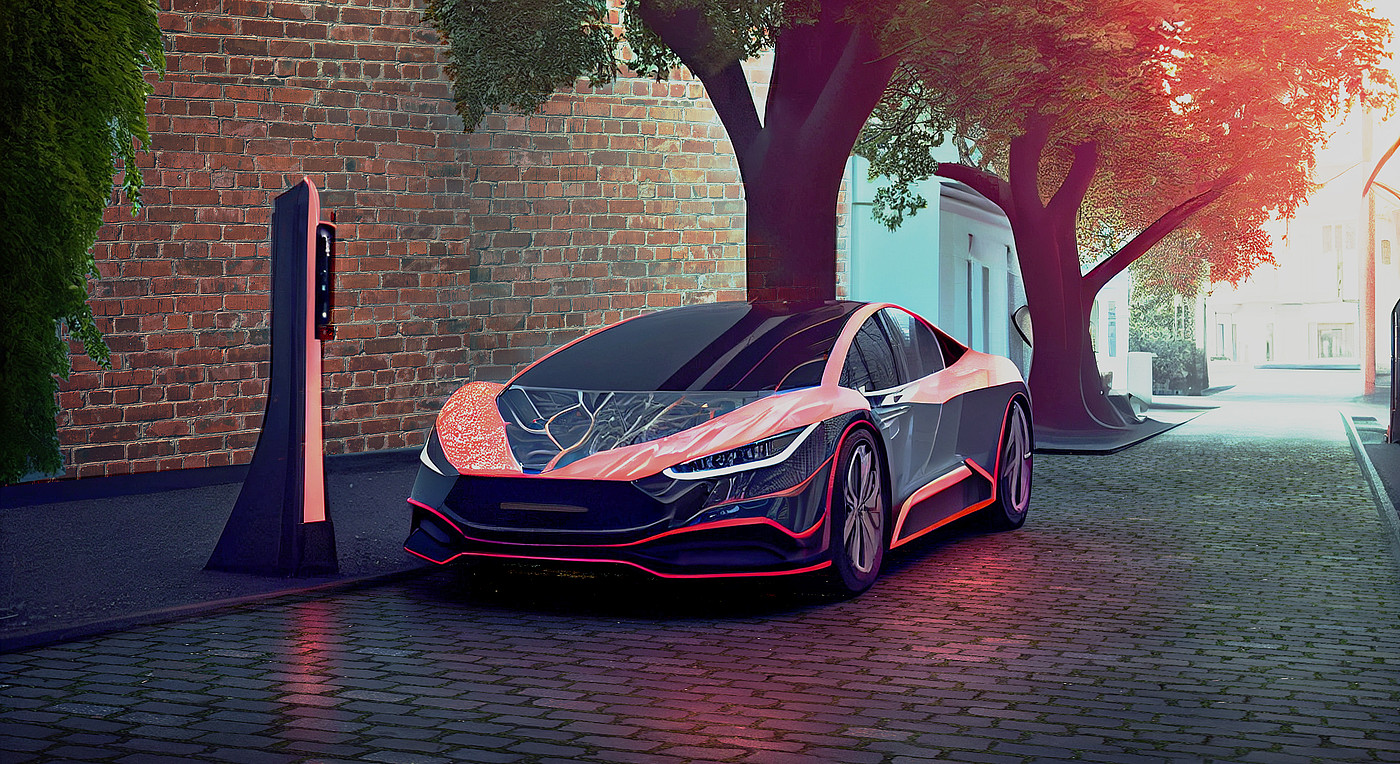
Powertrains and energy storage systems are of central importance for the energy transition in mobility - from the two-wheeler and automobile to heavy commercial vehicles. But what will the ideal powertrains and storage systems for the applications concerned look like in the future? With innovative technologies, we want to help shape the future.
The drive system of the future will be sustainable, efficient, user-friendly, and therefore also electric. No matter whether it is 100% electric or, for instance, features hydrogen and fuel cells, the drive system needs to be optimized to suit the vehicle and its specific use. Ideally, optimization will take into account the complete life cycle including production and 2nd life concepts for components and systems.
Since electric motors are something that people have been developing, building, and operating for ages, they can only offer limited potential. You disagree? So do we! The demands on electrical drive systems - consisting of the electric motor, the power electronics and transmission - and its development are diverse and complex. We apply innovative development methods to meet the challenges.
In addition, the interaction between all the components of the energy system – e.g. a fuel cell as an energy converter – in the vehicle plus the interface with the infrastructure provide numerous opportunities for intelligently networking the systems. In the process, the intelligent energy management system in the vehicle not only takes the vehicle itself into account, it also interacts with the stationary energy system or the smart city. The coupling between the vehicle and the energy system does not necessarily need to be cable-based, but can also be inductive.
The energy storage system in mobile applications is the main factor in determining the range of the vehicles. To make usual distances of > 500 km for passenger cars or > 800 km for commercial vehicles possible with either batteries or hydrogen, a wide variety of innovations are being pushed ahead. More and more, battery systems are fusing with the vehicle. This, however, calls for all the requirements of the battery system to be taken into account, including the mechanical, electrical and thermal behavior of the cell, and also the vehicle structure.
While batteries are energized, the hydrogen storage system is today pressurized. In addition to the integration of the latest pressure storage systems in passenger cars or commercial vehicles, hybrid storage systems (hydrogen and battery) and new types of low-temperature storage systems are also in the focus of innovation. Are you looking for innovative energy storage solutions and their integration in your vehicle? Then contact us!